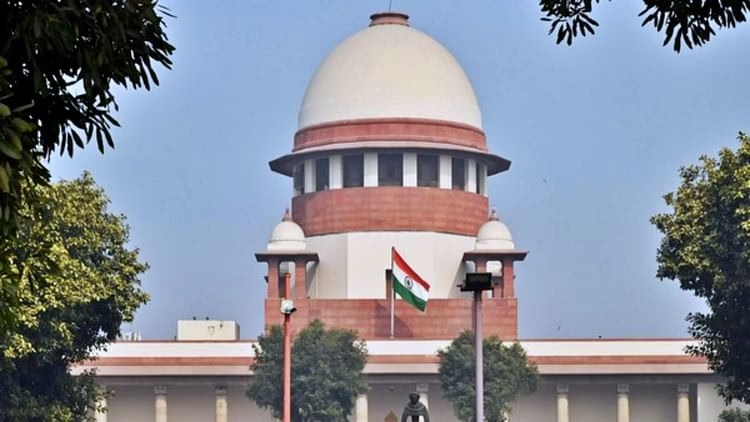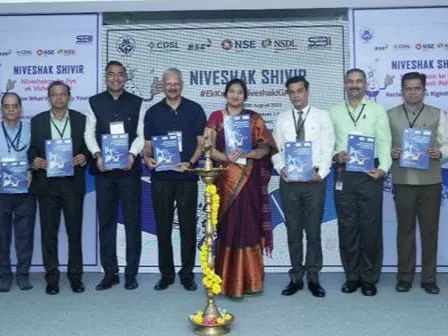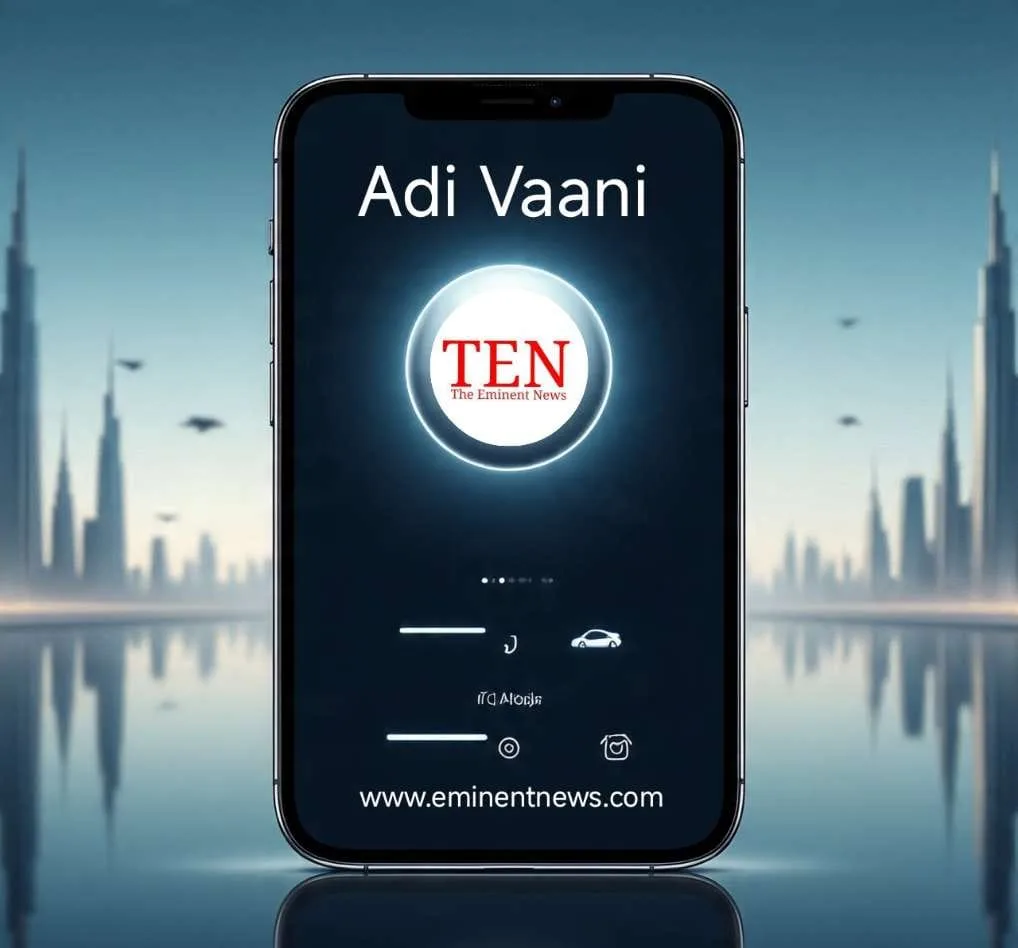The Reserve Bank of India (RBI) surplus refers to the excess of the RBI’s income over its expenses , This surplus is primarily generated from various sources, including interest on government securities, profits from foreign exchange transactions, and currency printing , RBI (Reserve Bank of India) surplus resources primarily come from the following sources:
- Interest Income: Earnings from its holdings of government securities and foreign currency assets .
- Profits from Foreign Exchange Transactions: Gains made from buying and selling currencies .
- Currency Printing: The difference between the face value of currency printed and the cost of printing .
- Valuation Changes: Gains from changes in the valuation of its assets, such as gold .
- Management Commission: Commission received for managing government borrowings .
How Surplus Resources are Utilized:
The RBI primarily transfers its surplus profits to the government . The amount transferred depends on the RBI’s income, expenses, and statutory provisions .
- Transfer to Government: A significant portion of the RBI’s surplus is transferred to the Government of India, acting as a key source of revenue for the government . This transfer helps the government manage its fiscal deficit and fund various developmental activities .
- Contingency Fund: The RBI maintains a contingency fund to cover unexpected losses or emergencies .
- Asset Purchases: The RBI uses its resources to purchase assets, including government bonds, to manage liquidity and support the economy .
- Open Market Operations (OMO): The RBI conducts OMO using repurchase transactions (repos) to manage liquidity in the market .
- Special Drawing Rights: The RBI holds reserve assets to meet policy objectives, such as intervention in the foreign exchange market . These reserves include foreign currency, securities, and deposits with other central banks .for economy news click www.eminentnews.com



























